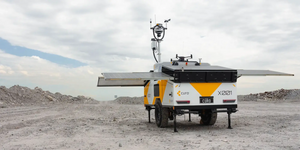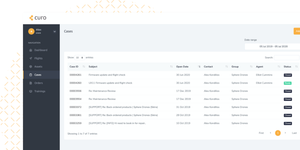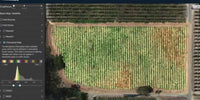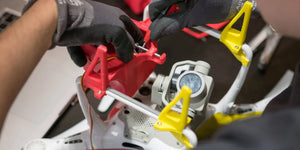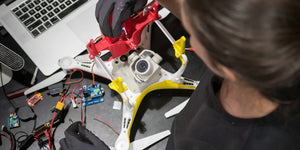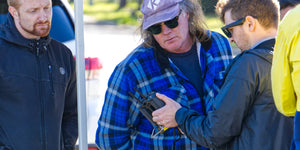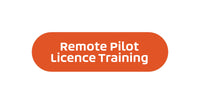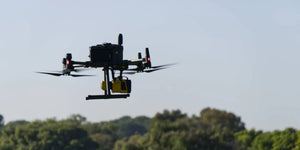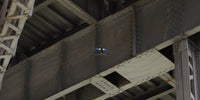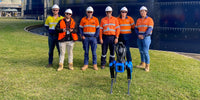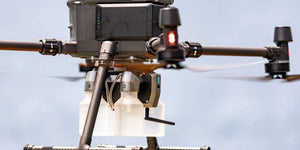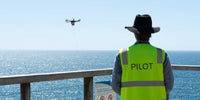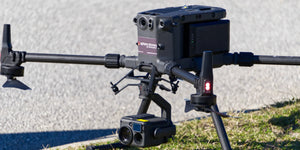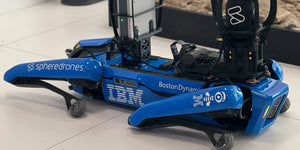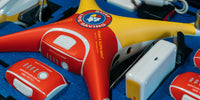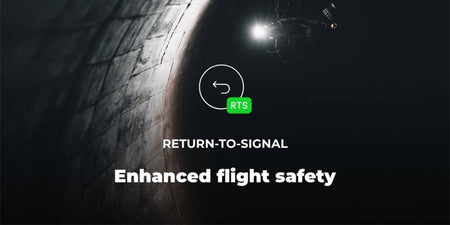Bridge inspections are a crucial part of ensuring proper maintenance for critical infrastructure. These inspections help uncover potential defects in a bridge, allowing inspectors and maintenance crews to perform risk evaluations and address potential issues before they become worse.
In the case of bridges used by train lines, inspections can be incredibly challenging due to the constant train traffic these bridges support.
For example, trains run every 15 minutes in both directions across the Oktyabrsky Bridge, a bridge that crosses the Volga River in the Samara region of Russia. A typical bridge inspection takes several hours, and there is no way these time increments would allow inspectors to get their work done.
Customer Needs
Russian Railways needed to inspect two spans of the Oktyabrsky Bridge (each span is 150 meters, or about 492 feet in length), and hired inspection company to complete the work.
One of the most challenging aspects of bridge inspection work is getting access to the underside of the bridge. Inspectors often use bucket trucks (shown below), which have an extendable arm and a bucket that allows them to get access to the visual data they need.
The bridge was originally built with special rail trolleys that ran underneath it using a manual cab drive, made specifically so that inspectors could get access to its underside. But these trolleys have fallen into disrepair and are so thoroughly rusted that they are no longer usable.
An alternative to using the trolleys was to hire a group of inspectors that could use special permits and high-rise equipment to get access to the underside of the bridge. But these services are extremely expensive. In addition to the cost, coordinating such services can be complicated since the list of service providers is short and the list of assets in Russia that need them is quite long.
Drones seemed like the obvious solution to Russian Railways. The Russian Railways team had tried using a traditional commercial drone to get the visual data needed for the inspection. But this approach also did not work.
Solution
After failing to find a way to inspect the two spans at the Oktyabrsky Bridge, Russian Railways turned to DroneProfi, a company that specialises in using drone technology for inspections.
Due to the challenges the bridge posed, the DroneProfi team decided to test Flyability’s Elios 2 for the mission—given that the Elios 2 is protected by a collision-tolerant cage and is specifically designed for inspections in hard-to-reach, dangerous places, they thought that it seemed like the right tool for the job.
Russian Railways personnel were impressed by the capabilities of the Elios 2 for inspecting hard-to-reach structural elements on the bridge. The success of the mission provides a model that can be used for future train bridge inspections, since it provided a cost-effective, high-quality solution to the unique challenges these types of inspections present.
Source: Flyability
